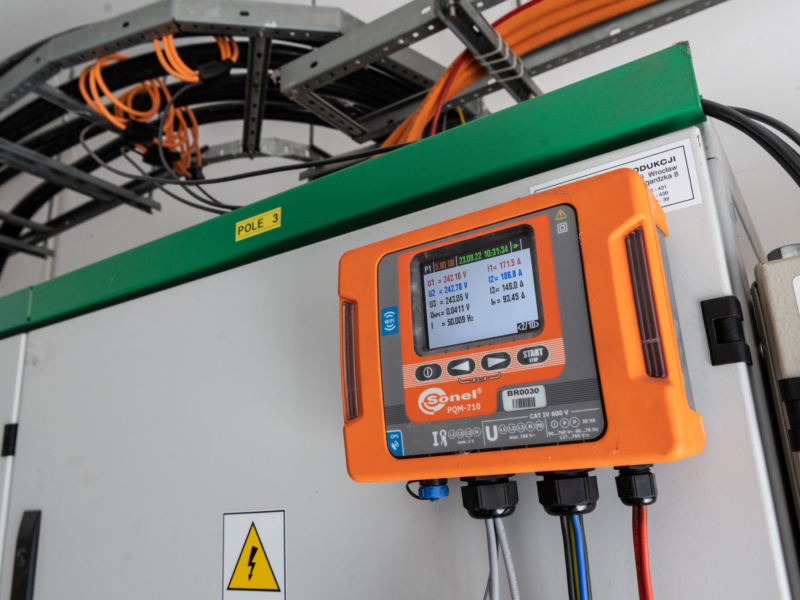
Softstart
Power quality in industrial facilities is threatened by the commonly occurring starts of high power drives. This causes frequent and deep voltage dips causing the effect of the bothersome flicker. These phenomena in industrial facilities, with a large number of devices with similar properties, become very burdensome and may threaten the health and life of employees. Reduction of the effects of high inrush currents can be achieved by means of power electronic devices, the so-called soft start (soft starter).
Description of the identified problem
So far, very large increases in the starting current of a mechanically loaded high-power motor resulted in deep voltage dips. The applied softstart is designed to reduce the influence of the start-up on the parameters of the power grid. The impact of the solution on the improvement of power parameters should be assessed.
Measuring equipment used
- Sonel PQM-702 Power Quality Analyzer (see the product successor Sonel PQM-710)
- F-1A flexible current probes
- Sonel Analysis software

Fig. 1. Image of voltages and currents during the softstart test
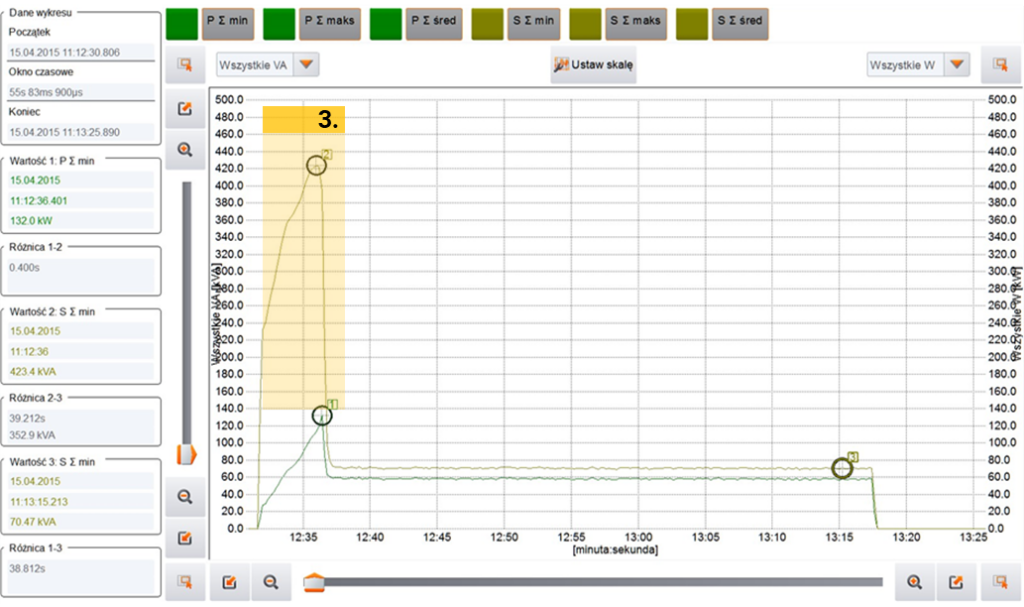
Fig. 2. Image of three-phase active and apparent power during the softstart test
Initial conclusions (Fig. 1 to 3)
- The maximum inrush current has been significantly limited not to exceed 4 times the operating current (See 1.).
- Start-up time has been extended to 5.5s (See 2.).
- During the start-up, there are unbalanced phase currents characteristic to a softstart, which result in a temporary deterioration of voltage unbalance (See 3. and 4.).
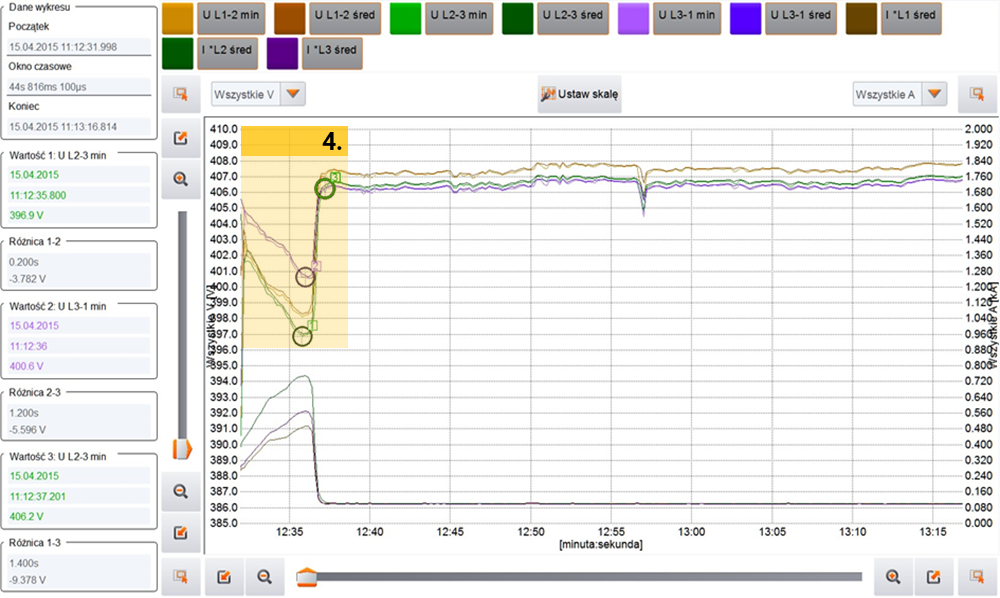
Fig. 3. Image of voltages enlarged against currents during the softstart test
The unbalance (See 5.) is a short-term phenomenon with a lower risk than the inrush current of the drive, many times greater during a hard start.
The half-period keying visible on the waveforms (See 6.) has a significant influence on the slight distortion during the operation of the softstart.

Fig. 4. Picture of voltage and current unbalance during the softstart test

Fig. 5. Oscillogram of voltages and currents during the softstart test
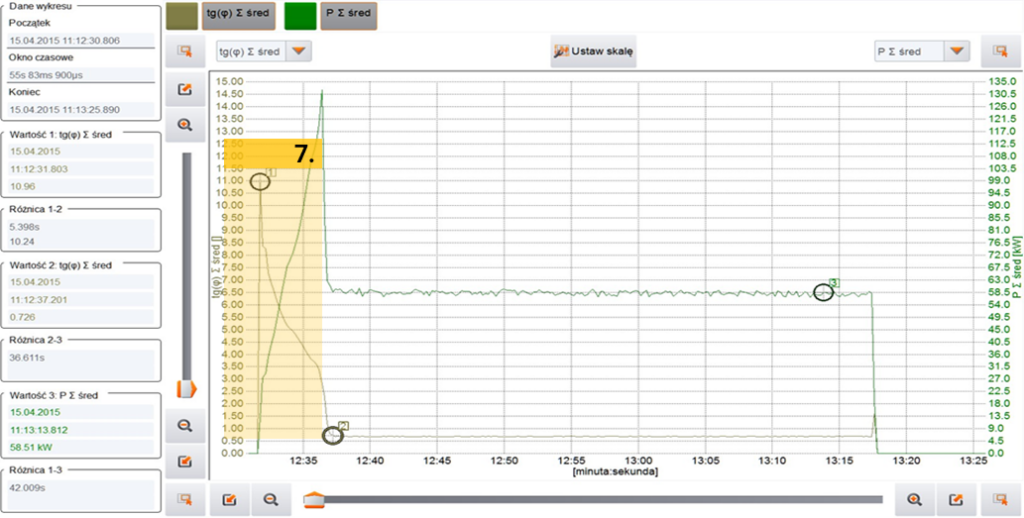
Fig. 6. Picture of three-phase active power tg(φ) during the softstart test
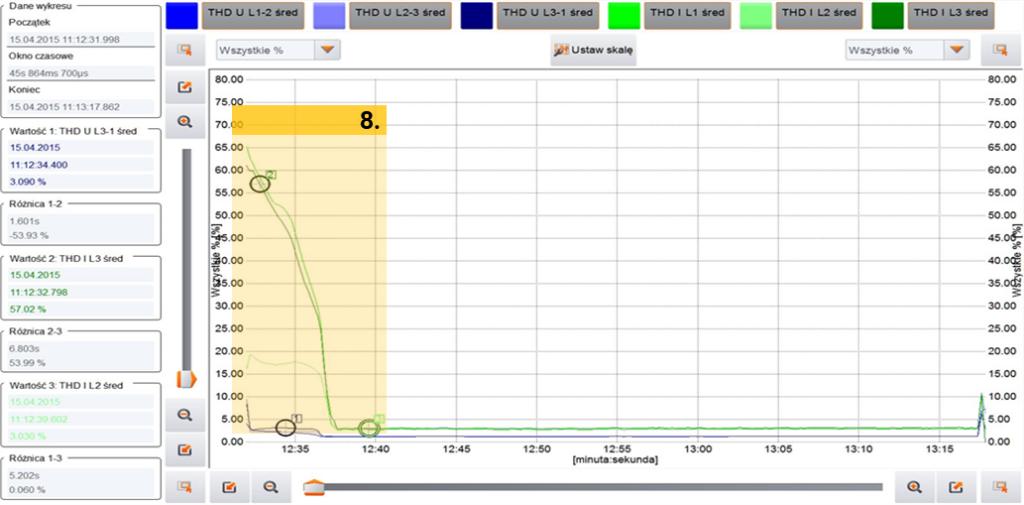
Fig. 7. Picture of the THD U and THD I coefficients during the softstart test
Conclusions
- The voltage dip caused by the start-up with the value of 9.3 V constituted only 2.3% of the voltage value with the time less than 6 seconds, which should be considered a satisfactory value.
- The level of voltage unbalance caused by starting did not exceed 0.52%.
- A significant increase in the tg (φ) coefficient reaching 11 (See 7.), for a single start-up, has no significant effect on the tan (φ) billing due to its 0.7% share in the 15-minute averaging.
- The instantaneous increase in THD I (See 8.) is also a temporary side effect of the inrush current limitation process.
Recommendations
- Consider modifications to the remaining inverters.
Author: Krzysztof Lorek
Products mentioned in the article:


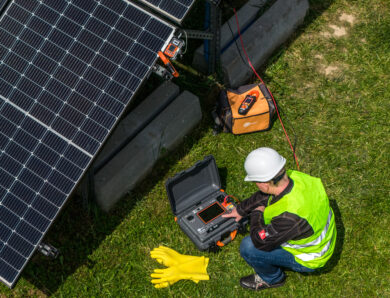
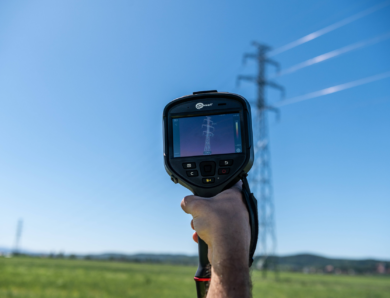
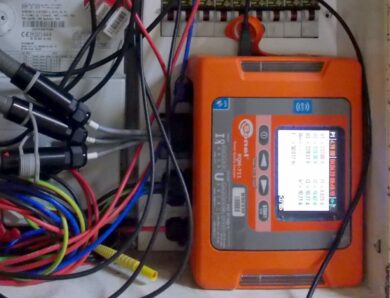
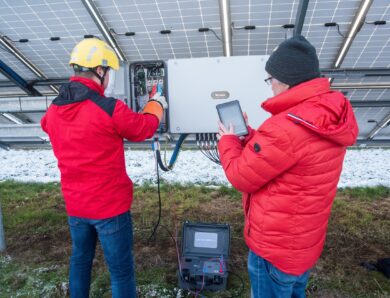
No Comment